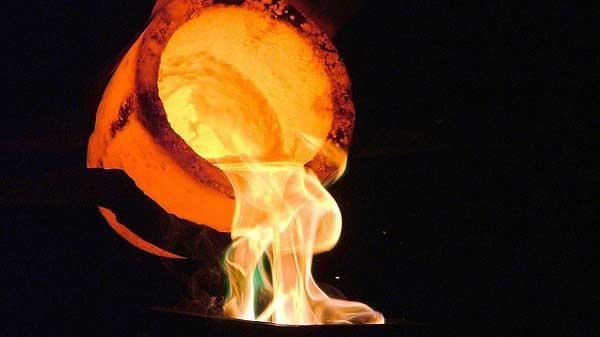Gold production in Uganda and DRC starts with breaking the ground or rock into smaller particles. At the mill, it is crushed using crushers to reduce the ore to pieces smaller than the size of road gravel which then is put in rotating drums filled with steel balls. The ore is ground to powder then mill operators thicken it with water to make pulp that will go through series of leaching tanks. The leaching dissolves gold out of the ore with help of chemical solvent (Cyanide). Gold dissolves and small carbon grains are put into the tank for it to adhere to the carbon.
Filtering the pulp through screens separates the gold bearing carbon. The carbon moves to a stripping vessel where hot caustic solution separates the gold from carbon and another screen filters the carbon grains out that can be recycled. The gold bearing solution will be ready for electro winning that recovers the gold from leaching chemicals. From here, the gold bearing solution is poured into a special container called cell.
Smelting then results into nearly pure gold and after adding a chemical mixture called flux to molten material, the gold separates from metals used to make terminals. The flux is poured away and gold remains. The molds are then used to turn liquid gold to solid bars known as Dore bars and the low purity bars are sent to refineries worldwide for further processing. Refining is the last gold production stage and involves removing impurities.
